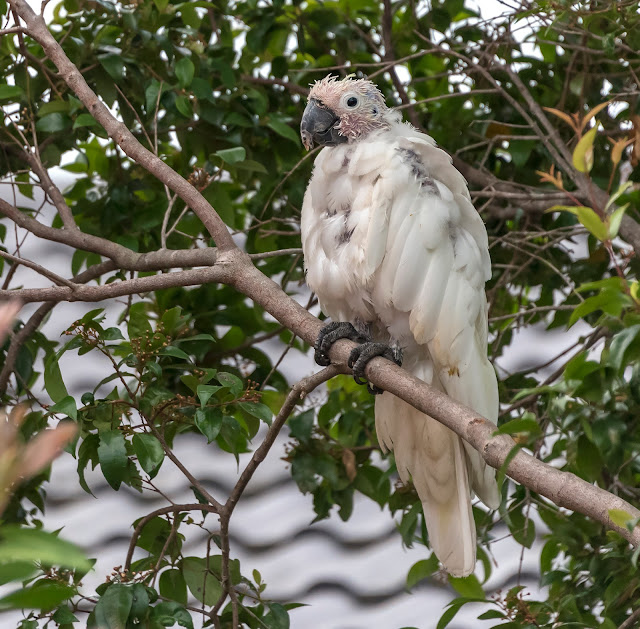This video is in very high resolution on YouTube, so if it's not clear for you here on the blog, be sure to click the link and open it in YouTube.
Look closely next time you hear a tiny rustle in your garden, there might be something interesting in the undergrowth. I am a life-long naturalist/ecologist and find the antics of the Penny lizards, (Lampropholis delicata) captivating.
They are one of our most common reptiles here in suburban Lake Macquarie, and a really interesting and often over-looked reptile. These are fully-grown adults at about 7 cm long.
At the time of shooting (late April 2018), we are over-run with this years' surviving crop of hatchlings, which are tiny, endearing little beasties about 1/3rd the size of the adults. See THIS post for more. I'll try and shoot some footage of them in the next video.



